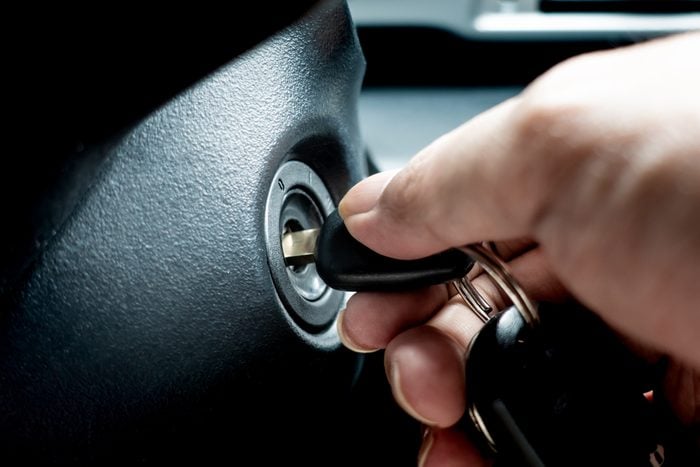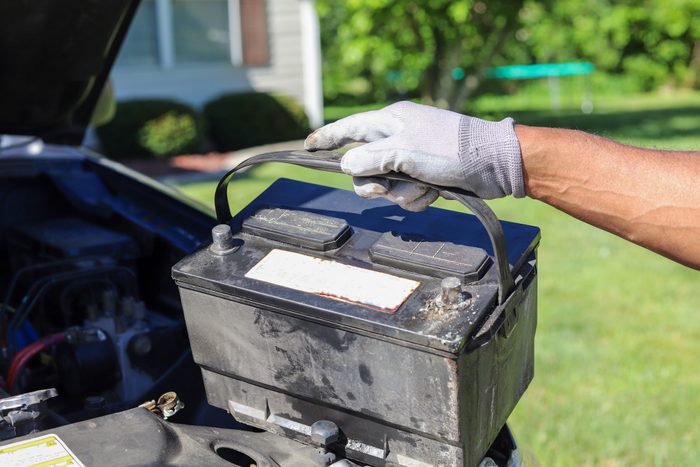
Clean the Positive Connection Between the Battery and the Starter
The cables connected to your battery each have two ends. The positive cable connects the positive battery terminal to the positive starter terminal. If this connection is faulty, your starter won’t work.
Open your hood and find the starter on the driver’s side of the engine. Check the positive connection. Disconnect it with a wrench. Clean the starter terminal with a wire brush if you see any corrosion that could interrupt the flow of electricity. If a bad connection was the problem, your vehicle should now start.
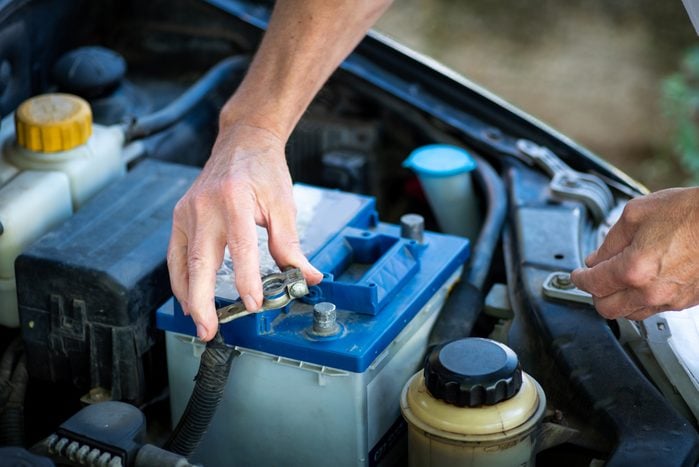
Clean the Negative Connection of the Battery to the Vehicle
The negative pole of your car’s battery connects to the metal body of your vehicle, or possibly to the engine block. Follow the negative cable to this connection point, then examine it.
If you see corrosion, disconnect it with a wrench and clean it with a wire brush. A bad connection here could also be responsible for your starter not working. Reconnect the now clean connect, then try to start your vehicle again. If the negative connection was faulty, your car should now start.
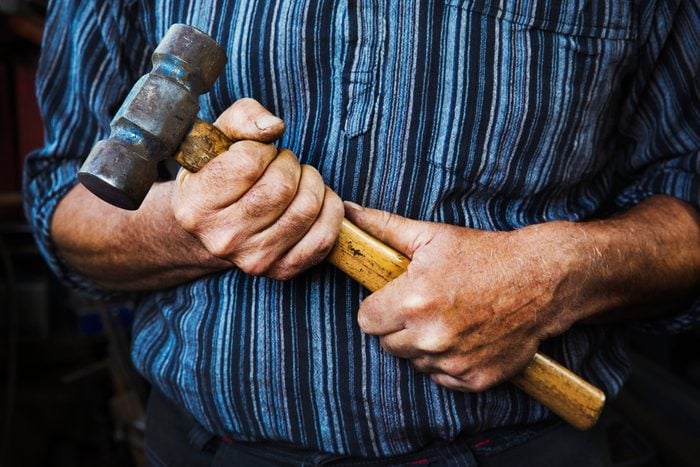
Hit the Starter With a Hammer or Piece of Wood
Sometimes the electrically conductive brushes inside a starter motor begin to wear out, or the springs holding them against the armature (spinning part) grow weak. When one or more of the brushes breaks contact with the armature, your starter won’t work, and neither will your vehicle.
Believe it or not, sometimes tapping the outer casing of the starter with something solid reestablishes contact between the brushes and armature.
If you can reach down far enough into your engine to swing a hammer, go for it. I personally find it easier to use a two-foot-long, 2×2 hardwood stick, which I keep in my trunk for this exact situation. It once got me going again when my starter failed in a Walmart parking lot on Boxing Day, December 26!
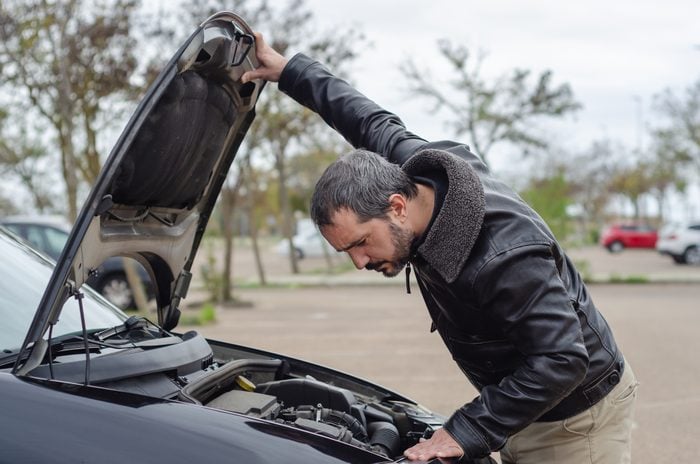
Check the Solenoid Wires If Your Starter Has an External Solenoid
The solenoid is an electromagnetic switch that converts the small amount of current from the ignition switch to the large amount of current needed to get the starter going.
Solenoids can be built into starters or separated and connected with a wire. If your vehicle has an external solenoid, there’s a chance the wire connecting it to your starter has come loose, or the connection is dirty. Check, reconnect and clean with a wire brush as needed. If this was the problem, your vehicle should now start.
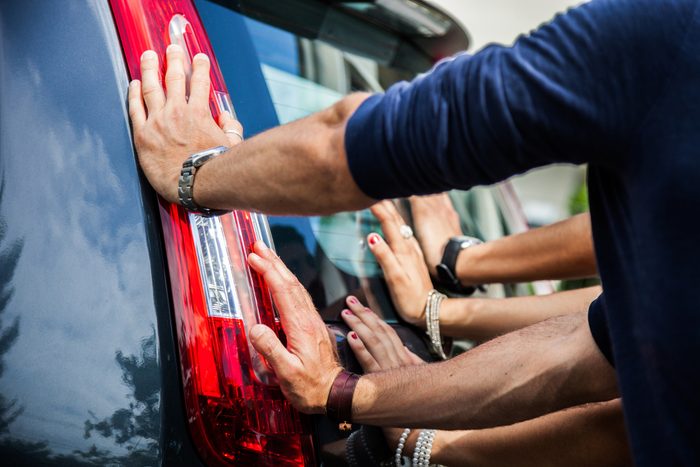
Push Start Your Manual Transmission Vehicle
This trick only works for manual transmission cars. It’s a way of bypassing your bad starter to get your vehicle running.
Sit inside your vehicle with the key held in the start position and the clutch held in. Put it in second gear, then have two or three strong friends push your vehicle. The idea is to get the car rolling at a fairly good clip, then release the clutch while still turning the key. Do it right and your car should start, despite your faulty starter motor.

